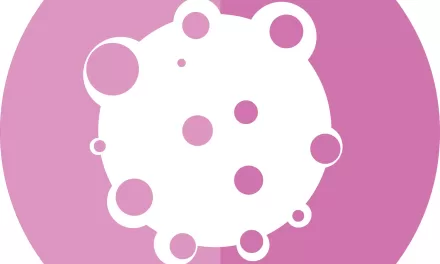In a swift and controversial move, the Trump administration has enacted widespread layoffs at the Centers for Disease Control and Prevention (CDC) and the National Institutes of Health (NIH), raising alarms within the public health sector. These cuts, which have seen approximately 5,200 employees dismissed as of February 19, represent about 10% of the CDC’s workforce, with indications that further reductions are imminent.
The move follows a series of actions by the administration that began in January 2025, including the removal of key public health websites and datasets. These efforts, now partially reversed by a federal court order, have nonetheless sown uncertainty about the future accessibility of critical health data.
Impact on Public Health and Research
Prior to these cuts, the CDC employed over 10,000 professionals across various disciplines, including epidemiology, medicine, and engineering. The agency has played a pivotal role in tracking and mitigating public health threats such as infectious diseases, chronic conditions, and environmental hazards.
The layoffs have already disrupted essential data collection efforts, including surveys such as the National Health and Nutrition Examination Survey and the Behavioral Risk Factor Surveillance System. Physicians and researchers have expressed concern that the loss of personnel and data access will hinder their ability to respond effectively to public health emergencies, including seasonal flu outbreaks, avian flu, and measles resurgences.
The CDC’s Morbidity and Mortality Weekly Report, a critical tool for real-time surveillance of health trends, also faces an uncertain future. Medical professionals have reported that without consistent updates and expert analysis from CDC staff, their ability to manage disease outbreaks and inform policy decisions has been severely compromised.
Concerns Over Epidemic Intelligence Service and WHO Withdrawal
One of the most high-profile groups affected by the layoffs is the CDC’s Epidemic Intelligence Service (EIS), often referred to as “disease detectives.” While public backlash led to a partial reversal of layoffs within this unit, concerns persist about long-term stability. Experts warn that weakening the nation’s epidemiological workforce could severely limit the country’s ability to track and contain future outbreaks.
Further exacerbating the situation is the administration’s decision to withdraw from the World Health Organization (WHO) as of January 20, 2025. This move, which eliminates the U.S.’s role as a key financial contributor to the WHO, threatens international collaboration on infectious disease responses. Public health experts fear that reduced coordination between the CDC and WHO could delay responses to emerging health crises, increasing the risk of global pandemics.
The Future of Public Health Workforce and Infrastructure
The cuts come at a time when the public health workforce is already strained. Since the Great Recession of 2009, the U.S. has lost approximately 40,000 public health workers. The COVID-19 pandemic further intensified burnout and staffing shortages, making the recent layoffs particularly damaging to long-term public health preparedness.
Beyond immediate concerns, the reductions in funding and staffing threaten the development of future public health professionals. The CDC has historically provided vital training programs for epidemiologists, disease investigators, and emergency response teams. Experts argue that weakening these programs could result in a long-term decline in the country’s ability to handle health crises efficiently.
As public health officials and researchers navigate these turbulent changes, the full impact of the CDC layoffs remains uncertain. However, the prevailing sentiment within the medical and scientific communities is one of deep concern over the nation’s diminished capacity to protect public health in an increasingly interconnected world.
Disclaimer: This article is based on currently available information and reflects ongoing developments in U.S. public health policy. The views expressed herein do not necessarily represent those of any government agency or affiliated organization.











